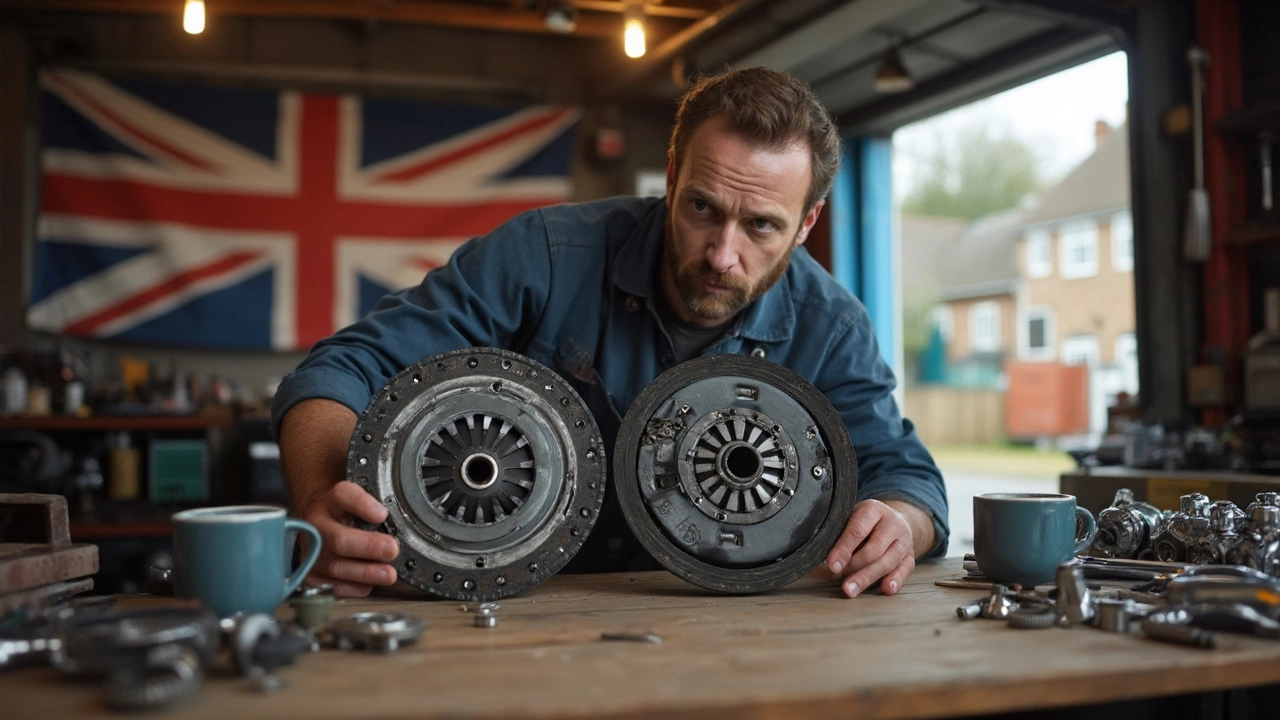Stage 1 Clutch – The Complete Beginner’s Guide
When working with stage 1 clutch, a performance‑focused clutch that offers quicker shifts and higher torque capacity than a stock unit. Also known as a performance clutch, it sits between the engine and transmission and lets you unleash more power without sacrificing reliability. A typical clutch kit, the collection of parts needed for a full clutch swap – clutch disc, pressure plate, release bearing and sometimes a flywheel includes everything you need to replace the stock setup. The flywheel, a heavy, rotating disc that smooths engine power pulses and provides a mounting surface for the clutch often gets upgraded at the same time to handle the extra stress, while a sturdy pressure plate, the component that clamps the clutch disc to the flywheel when engaged ensures consistent bite and prevents slippage. Together these parts form the core of a stage 1 clutch system, and understanding how they work makes the upgrade far less intimidating.
Key Parts, Lifespan & Maintenance Tips
The clutch lifespan, the period a clutch can reliably transmit power before wear forces a replacement varies with driving style, vehicle weight and how often you launch. Most drivers see 60‑80k miles as a typical range, but aggressive track days can halve that. Watching for signs like a soft or spongy pedal, a high‑pitched squeal on engagement, or a noticeable loss of power during shifts lets you catch wear early. Regularly checking the release bearing for noise and ensuring the flywheel remains true helps extend the life of the whole assembly. When the clutch finally gives way, replacing the whole kit—including the pressure plate and, if needed, the flywheel—avoids recurring problems and saves money in the long run.stage 1 clutch owners often wonder whether a DIY install is realistic. If you’ve changed brake pads or performed a basic oil change, the clutch swap is a logical next step, but it does demand the right tools: a transmission jack, a torque wrench and a clutch alignment tool. Follow a step‑by‑step guide, double‑check torque specs for the pressure plate bolts, and always bench‑press the new flywheel to ensure it’s perfectly flat before bolting it back. If any of these steps feel out of reach, a professional install guarantees proper clearance and prevents costly post‑install headaches.
Below you’ll find articles that dig deeper into each of these topics – from spotting clutch wear early, to budgeting for a full kit, to troubleshooting common post‑install issues. Whether you’re planning a straightforward swap or just want to know when the next replacement is due, the collection gives you the practical insights you need to keep your vehicle shifting smoothly and efficiently.

Stage 1 Clutch: What It Is and Why It Matters for Your Ride
Jun 3 2025 / Transmission PartsWondering what a stage 1 clutch actually does for your car? This article breaks down what 'stage 1' means, how it's different from stock clutches, and who should consider upgrading. We'll cover real-life tips, facts, and even help you figure out if a stage 1 kit is right for your driving style. No jargon, just straight-up info. Learn how a simple upgrade can make your manual transmission more fun and reliable.
VIEW MORE